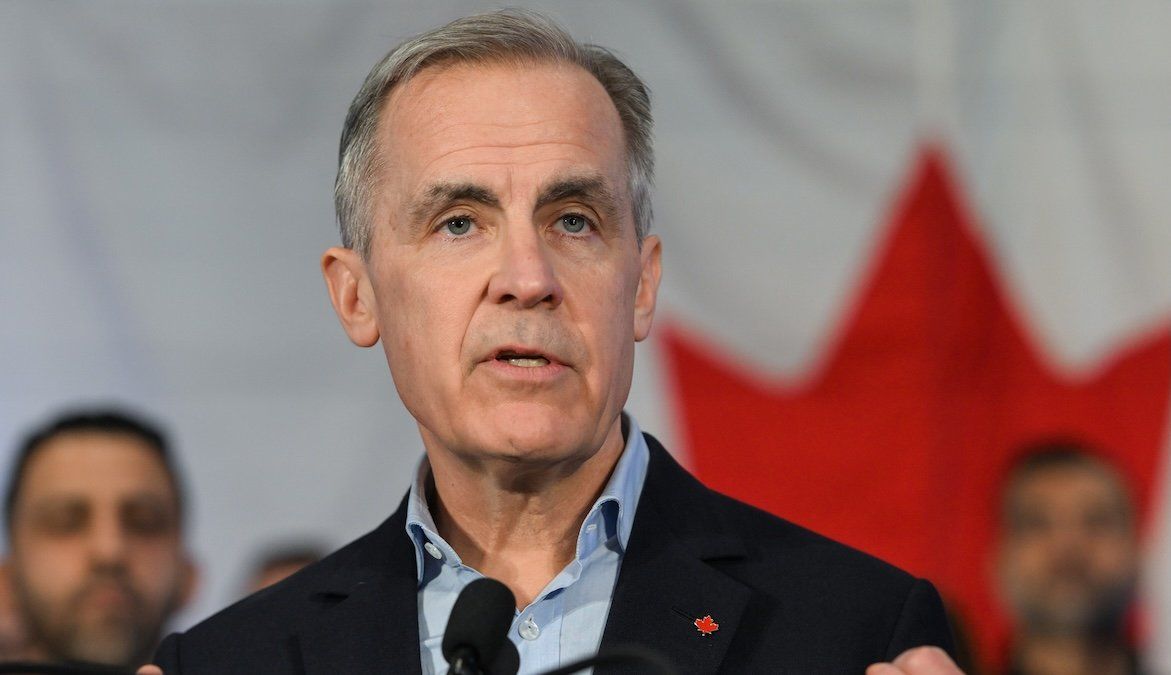The countdown is on! On Sunday, Prime Minister Mark Carneydissolved parliament and called a snap federal election that promises to be one of the most consequential — and hotly contested — in recent Canadian history.
Until January, Pierre Poilievre’s Conservatives had maintained a two-year lead in opinion polls, which ran as high as 25% in December. But the resignation in January of unpopular Prime Minister Justin Trudeau, coupled with the return to power of US President Donald Trump, upended the race. It allowed new leader Carney, former governor of both the Bank of Canada and the Bank of England, to capitalize on his financial and governance experience in the face of anxiety about Trump’s tariffs and talk of annexation. The Liberals are now neck and neck with the Conservatives and even ahead in some polls.
With the election set for April 28, the Conservatives are scrambling to retool their message, notably on the carbon tax, which Carney has now set to zero for consumers but maintained for industrial emitters. They also question Carney’s ethics, claiming he has conflicts of interest stemming from his work as chair of Brookfield Asset Management. The New Democratic Party of Jagmeet Singh is feeling the squeeze as it attempts to hold onto progressive voters, while the Bloc Québécois of Yves-François Blanchet will fight to represent Quebec’s interests in the new parliament.
For news about outgoing GZERO Publisher Evan Solomon and his decision to run for the Liberals, click here.
